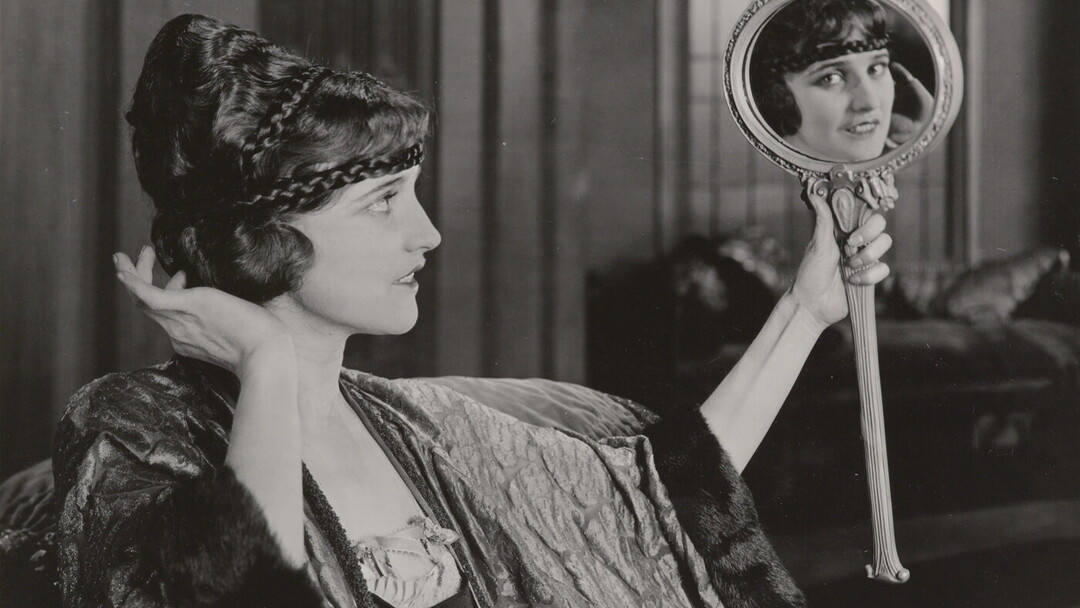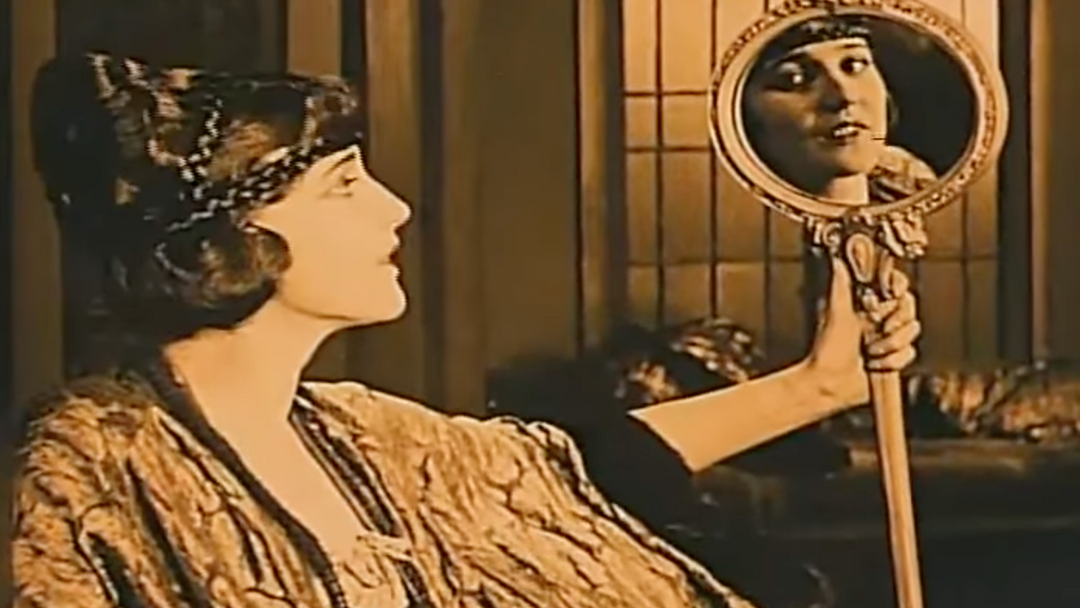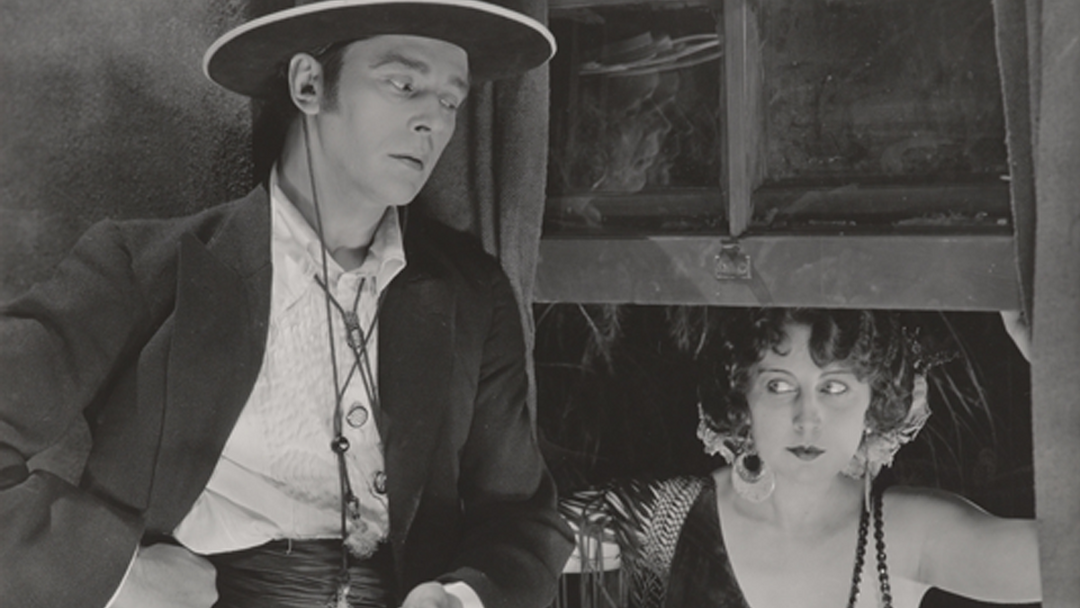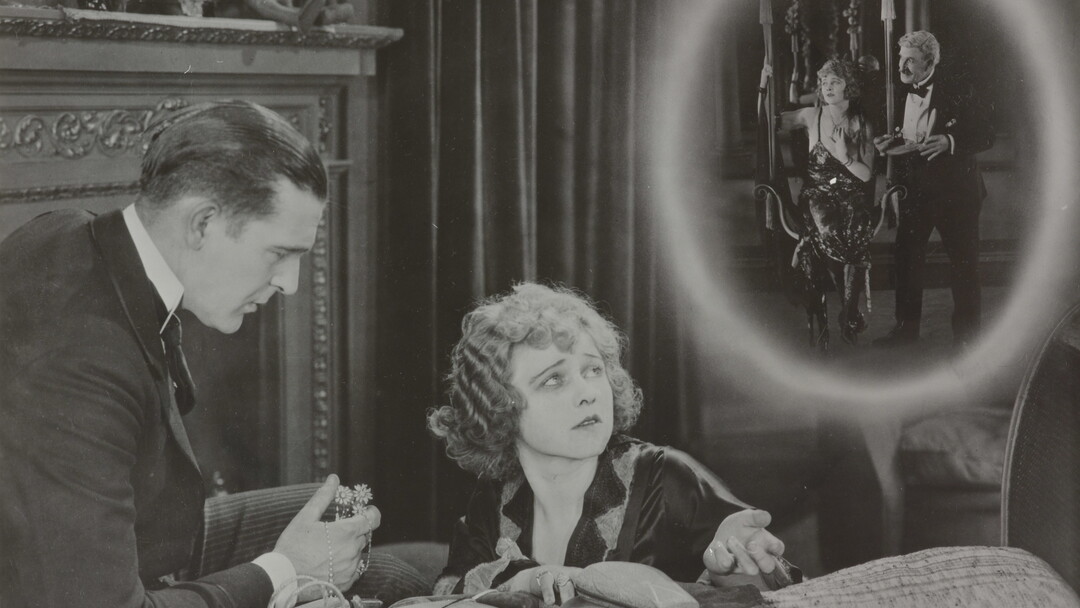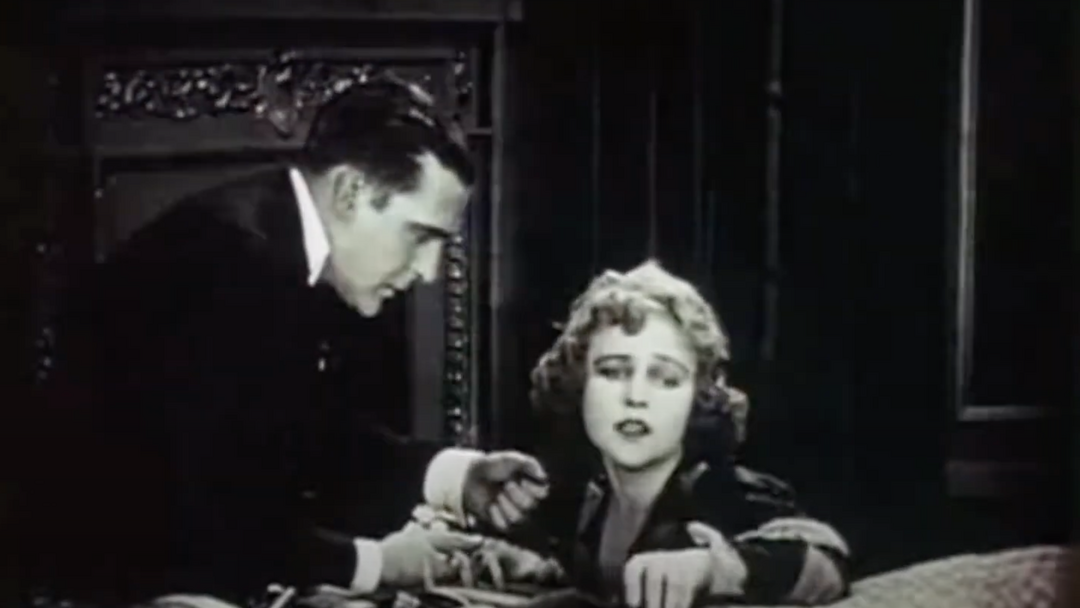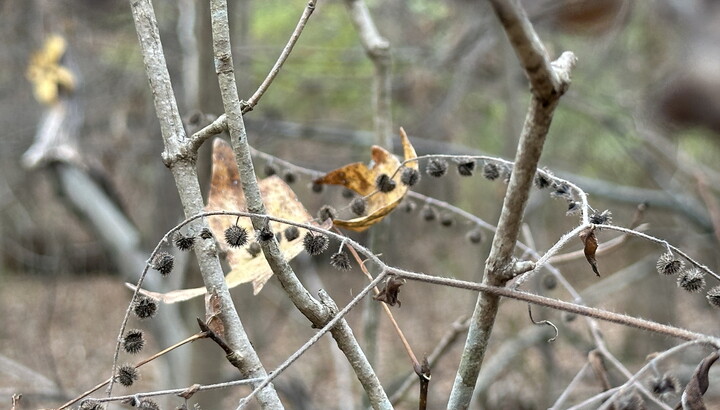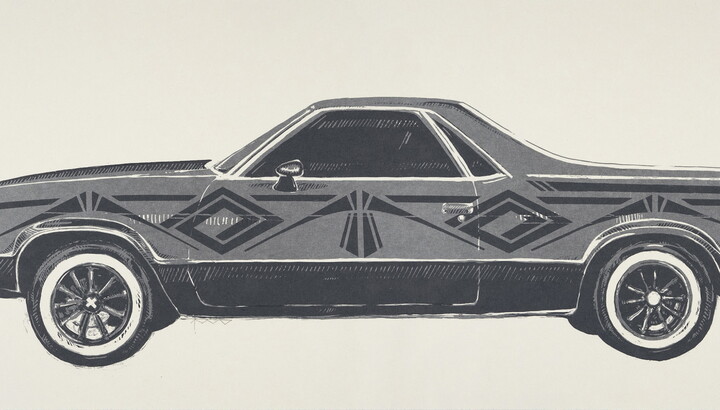The Carter Blog
Carter ARTicles
Film stills in the 1920s
May 29, 2024
Karl Struss was a photographer and foundational figure in Hollywood cinematography. Moving Pictures: Karl Struss and the Rise of Hollywood takes a dive into Struss’s storied career, focusing on his transition from fine art photography to the world of moving pictures in the early 20th century.
When Struss moved to Los Angeles in 1919, his first job was taking still photographs for director Cecil B. DeMille at Famous Players-Lasky, the largest studio in Hollywood at the time. In this role, Struss worked with some of the biggest stars and exhibited a keen eye for lighting, drama, and composition. A variety of Struss’s film stills captured during this time are on view in Moving Pictures.
What are film stills?
Film stills are photographs taken by studio photographers, such as Karl Struss, for marketing and promotional purposes. In the 1920s, many of these photographs were taken on set during production, sometimes during rehearsals or while standing next to the cinematographer in between takes. Emphasizing beauty and drama, these photographs would help Hollywood studios advertise and create “buzz” for their upcoming films and stars.
-

Struss's film still from Forbidden Fruit (1921).
Karl Struss (1886-1981), [Agnes Ayres looking at mirror, "Forbidden Fruit"], 1921, gelatin silver print, Karl Struss Collection, Amon Carter Museum of American Art, Fort Worth, Texas, P1983.23.641
-

Screen grab from Forbidden Fruit (1921).
Hollywood studios would send out these still photographs to newspapers and magazines, along with press kits and free passes to the films. Their hope was that these newspapers and magazines would write stories about the stars or films after receiving the stills. If successful, the studio would earn free publicity and the publication would gain free stories for its readers.
-

Struss's film still from Fool's Paradise (1921).
Karl Struss (1886-1981), [Theodore Kosloff beckoning Dorothy Dalton through open window, "Fool's Paradise"], 1921, gelatin silver print, Karl Struss Collection, Amon Carter Museum of American Art, Fort Worth, Texas, P1983.23.999
-

Screen grab from Fool’s Paradise (1921)
How are film stills different from screen grabs?
We often think of film stills as screen grabs taken directly from a film. However, individual frames of film are low quality compared to the images taken on a still photographic camera. As a result, film stills were separately posed and photographed during rehearsal or production, with slight tweaks to the framing, setting, and costume to make the image more appealing.
Glamourous and picturesque, these still images were taken to make both the scene and the actors look their best. Often, more details in the setting and background can be seen to give the image additional context. For example, in this film still from Affairs of Anatol, the framing of the scene is noticeably wider to include more details and a daydream image is added in through the use of double exposure.
-

Struss's film still from Affairs of Anatol (1921).
Karl Struss (1886-1981), [Wallace Reid presenting jewelry to Wanda Hawley as she remembers Theodore Roberts, "Affairs of Anatol"], 1921, gelatin silver print, Karl Struss Collection, Amon Carter Museum of American Art, Fort Worth, Texas, P1983.23.1782
-

Screen grab from Affairs of Anatol (1921)
Although Struss shared many skills and functions with the cinematographer, he was not directly involved in the creation of these films. Considered to be separate from cinematography, his role as a still photographer was to focus on taking high quality and dramatic photographs that would capture the attention of newspapers and magazines.
Struss’s role as a still photographer at Famous Players-Lasky proved to be his big break in Hollywood. He impressed his colleagues with his artistic lighting abilities, innovation, and eager work ethic. Within months, Struss became a “second cameraman” and was soon on his way to becoming a cinematographer.
Discover more about Karl Struss’s role as a cinematographer in Hollywood in Moving Pictures: Karl Struss the Rise of Hollywood, on view May 12 through August 25, 2024.
